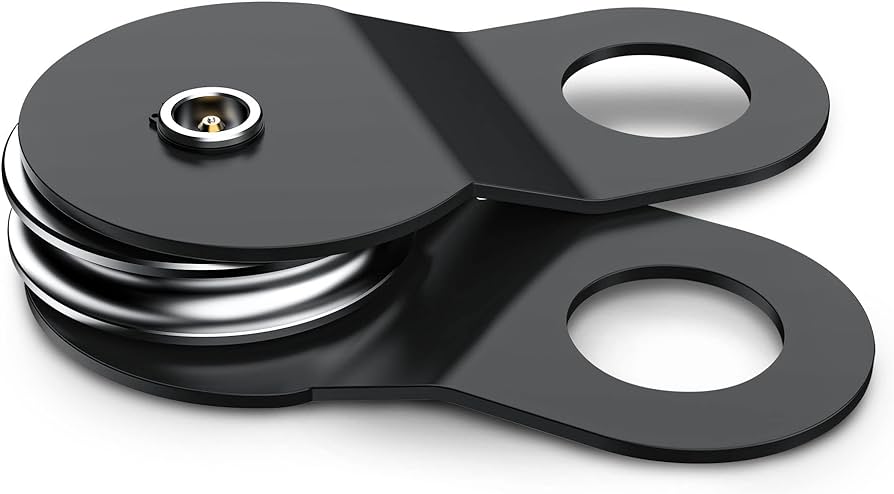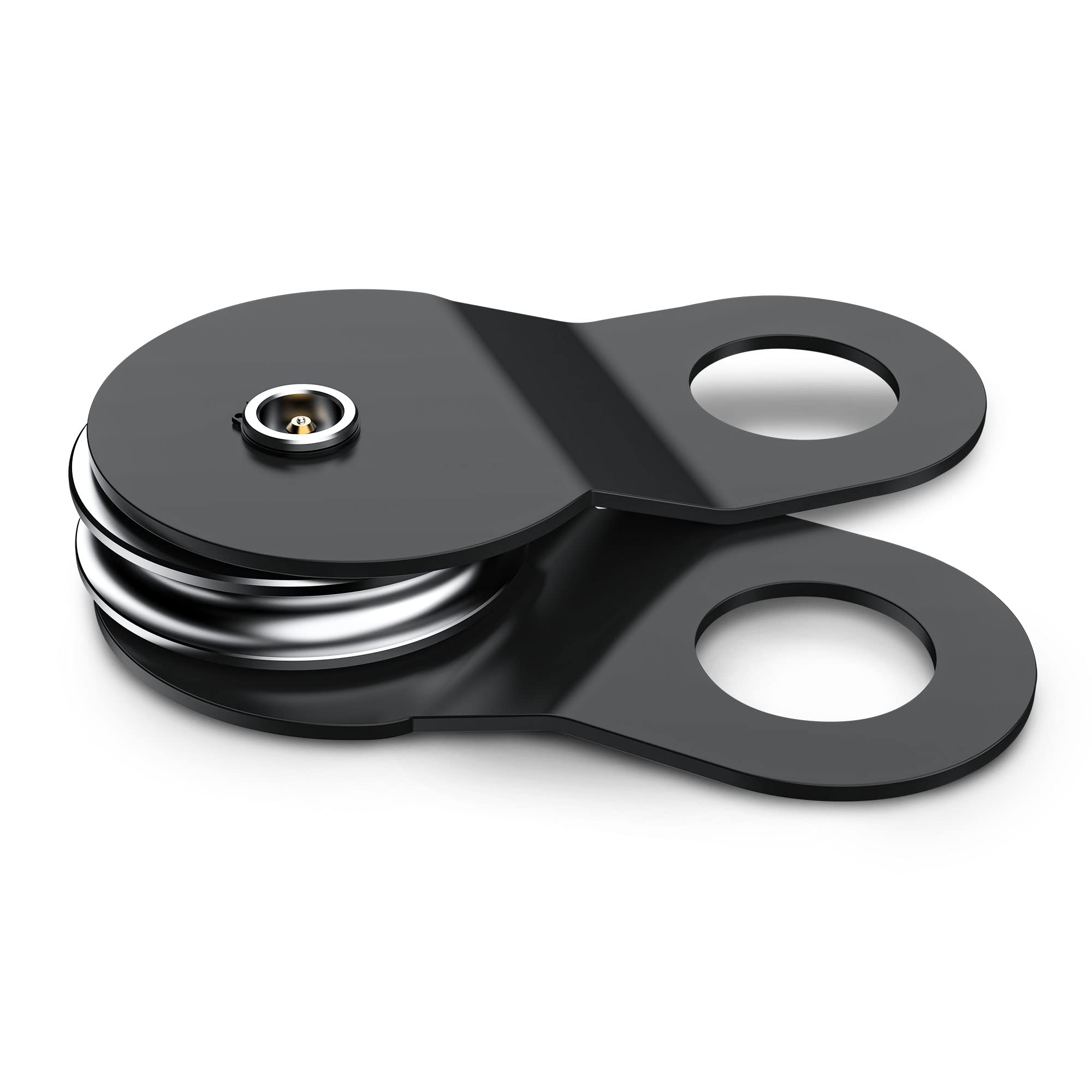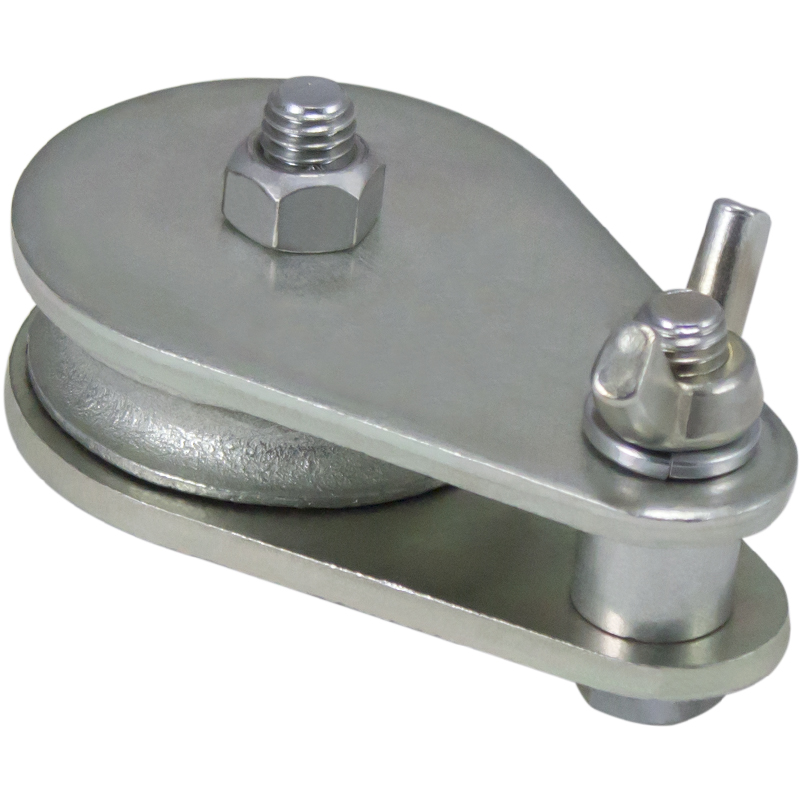Product Description
Sheave, Rope Roller, Mast head Main Winch Rope Pulley For Bauer Drilling Rigs BG28 BG40 BG36 BG25
BG28 Gear Box P32102-H Sledge wear strip for Bauer Rotary Drilling Rig
Mast Head Main Rope Pulley for Bauer Rotary Drilling Rig BG25 BG26 BG28 BG30 BG36 BG40
Mast Head Main Rope Roller for Bauer Rotary Drilling Rig BG25 BG26 BG28 BG30 BG36 BG40
Mast Head Main Rope Sheave forBauer Rotary Drilling Rig BG25 BG26 BG28 BG30 BG36 BG40
Hydraulic Piston Motor A2fe125/61W-Vzl181 for Rotary Drilling Rig A2FE125/61W-VZL192J
Drilling Spare Parts KDK Gear Box Seal for CHINAMFG CHINAMFG Bauer Pilling Rig
A2FE Series CHINAMFG A2FE160/61W-VZL181 Hydraulic Motor For Rotary Drilling Rig, A2FE160 A2FE125 A2FE107 Hydraulic Travel Motor.
Mast Head Main Rope Pulley for Bauer Rotary Drilling Rig BG25 BG26 BG28 BG30 BG36 BG40
Mast Head Main Rope Roller for Bauer Rotary Drilling Rig BG25 BG26 BG28 BG30 BG36 BG40
Mast Head Main Rope Sheave forBauer Rotary Drilling Rig BG25 BG26 BG28 BG30 BG36 BG40
Rexroth A2FE107 A2FE160 A2FE125 Hydraulic Piston Motor For Crane, A2FE CHINAMFG Motor For road roller.
A2FE90 CHINAMFG Original Hydraulic Motor ,A2FE90 Series Piston CHINAMFG Motor,A2FE Motor
Rexroth A2FE Series A2FE180 Hydraulic Piston Motor For Rotary Drilling Rig
Rexroth A2FE Series A2FE28, A2FE32, A2FE45, A2FE56, A2FE63, A2FE80, A2FE90, A2FE107, A2FE125 Hydraulic Motor
/* January 22, 2571 19:08:37 */!function(){function s(e,r){var a,o={};try{e&&e.split(“,”).forEach(function(e,t){e&&(a=e.match(/(.*?):(.*)$/))&&1
| Type: | Pistons |
|---|---|
| Application: | Pile Driver |
| Condition: | New |
| Transport Package: | Wood |
| Specification: | 38.002-H |
| Trademark: | BAUER |
| Customization: |
Available
| Customized Request |
|---|
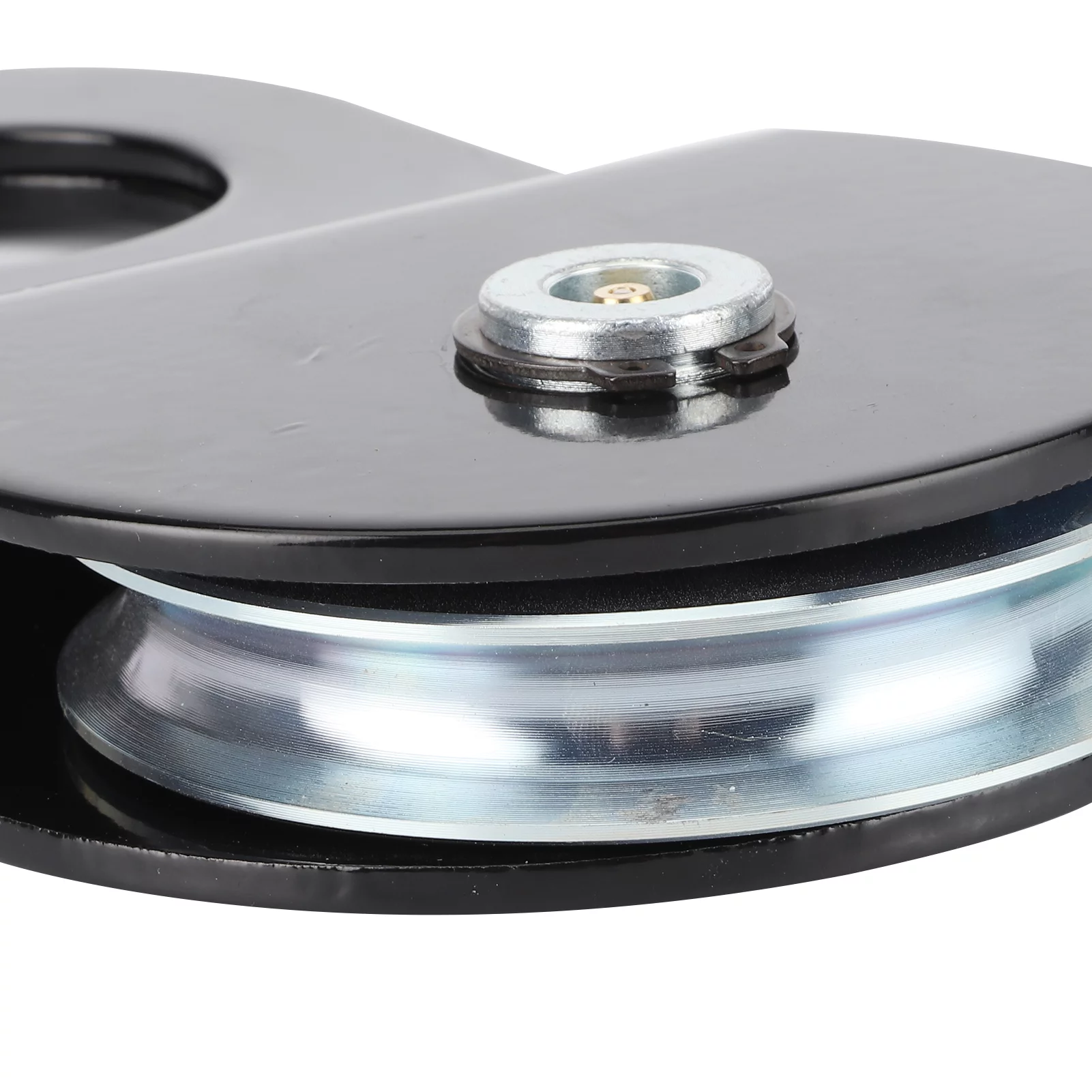
Can winch pulleys be part of rescue and emergency response systems?
Yes, winch pulleys can be an essential component of rescue and emergency response systems. Here is a detailed explanation:
Rescue and emergency response systems often require reliable and efficient equipment to perform various tasks, such as lifting, lowering, or evacuating individuals in hazardous situations. Winch pulleys can be integrated into these systems to enhance their capabilities and contribute to successful rescue operations in the following ways:
- Lifting and Lowering: Winch pulleys enable controlled lifting and lowering of individuals or objects during rescue operations. By incorporating winch pulleys into the system, rescuers can change the direction of force applied to the load, providing the necessary mechanical advantage to lift or lower individuals safely. Winch pulleys distribute the load evenly, minimizing the effort required and ensuring smooth and controlled movement.
- High Load Capacity: Winch pulleys are designed to handle heavy loads, making them suitable for rescue and emergency response situations. They can be integrated into systems that require lifting or lowering individuals who may be injured or incapacitated. The high load capacity of winch pulleys ensures that rescue operations can be performed safely and efficiently, even in challenging circumstances.
- Change of Direction: Winch pulleys allow the cables or ropes to change direction, facilitating access to individuals in difficult-to-reach or confined spaces. In rescue scenarios, where individuals may be trapped in elevated areas, steep slopes, or other challenging locations, winch pulleys enable rescuers to redirect the force and safely reach the individuals in need. The ability to change the direction of force enhances the versatility and effectiveness of rescue operations.
- Increased Control: Winch pulleys provide rescuers with greater control over the lifting or lowering process. They allow for precise and gradual movement, enabling rescuers to navigate obstacles, adjust positioning, or perform delicate maneuvers during rescue operations. The controlled movement facilitated by winch pulleys enhances the safety of both the rescuers and the individuals being rescued.
- Evacuation Systems: Winch pulleys can be integrated into evacuation systems used in emergency response scenarios. For example, in situations where individuals need to be quickly and safely evacuated from high-rise buildings, winch pulleys can be part of the system that lowers individuals down the building using ropes or cables. This ensures a controlled descent and efficient evacuation of individuals in emergency situations.
- Remote Access: Winch pulleys can be used in conjunction with remote-controlled systems to perform rescues in hazardous or inaccessible areas. This allows rescuers to operate the winch pulleys from a safe distance and maneuver individuals or objects to safety without putting themselves at risk. Remote access capabilities provided by winch pulleys enhance the safety and effectiveness of rescue and emergency response operations.
The integration of winch pulleys into rescue and emergency response systems enhances their capabilities by enabling controlled lifting and lowering, providing high load capacity, facilitating change of direction, ensuring increased control, supporting evacuation systems, and allowing for remote access. These features make winch pulleys valuable components in rescue equipment, contributing to the success and safety of rescue operations.
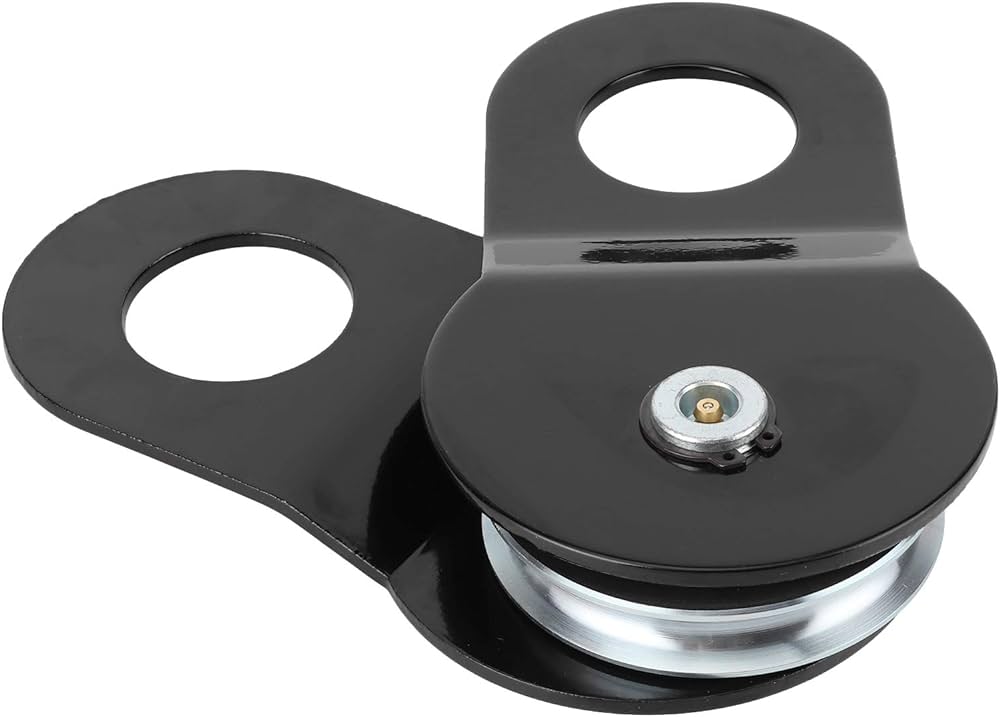
What role do winch pulleys play in off-road vehicles and recovery operations?
Winch pulleys play a crucial role in off-road vehicles and recovery operations. Here is a detailed explanation:
In off-road vehicles and recovery operations, winch pulleys serve multiple vital functions that contribute to safe and effective vehicle recovery and extraction. Here are the key roles that winch pulleys play in these scenarios:
- Increased Pulling Power: Winch pulleys provide a mechanical advantage that allows off-road vehicles to exert greater pulling power. By rerouting the winch cable through the pulley system, the applied force can be multiplied, enabling the vehicle to overcome obstacles or extract itself from challenging situations. This increased pulling power is particularly valuable in off-road environments where vehicles may get stuck in mud, sand, or uneven terrain.
- Change of Direction: Winch pulleys allow for changes in the direction of the pulling force. In recovery operations, this is crucial for maneuvering the vehicle out of difficult positions. By using winch pulleys strategically, the pulling force can be redirected to achieve optimal angles for extracting the vehicle. This flexibility in changing the direction of the force enhances the recovery process and helps overcome obstacles that may obstruct a direct extraction.
- Load Sharing: Winch pulleys enable load sharing between multiple anchor points. In off-road recovery situations, there may be limited or unstable anchor points available. By using winch pulleys to distribute the load across multiple anchor points, the force can be evenly distributed, reducing strain on any single point and minimizing the risk of anchor failure. This load sharing capability enhances safety and increases the likelihood of successful vehicle recovery.
- Winching from Different Angles: Winch pulleys facilitate winching from different angles. In off-road recovery scenarios, the ideal angle for winching may not always be directly aligned with the anchor point. Winch pulleys allow for the winch cable to be redirected, enabling winching from various angles and improving the efficiency of the recovery operation. This versatility is essential when dealing with complex recovery situations or when maneuvering the vehicle around obstacles.
- Controlled Load Movement: Winch pulleys offer precise control over the movement of the load during recovery operations. By utilizing the pulley system, operators can regulate the tension and speed of the winch cable, ensuring controlled and gradual movement of the vehicle. This control minimizes the risk of sudden jolts or jerks that could damage the vehicle or compromise the safety of the recovery operation.
- Increased Safety: Winch pulleys enhance safety in off-road vehicles and recovery operations. By providing increased pulling power, changing the direction of the force, and facilitating load sharing, winch pulleys help prevent excessive strain on the winch system, the vehicle, and the recovery equipment. This reduces the risk of equipment failure, accidents, and injuries during the recovery process. Additionally, winch pulleys allow operators to maintain a safe distance from the vehicle during recovery, minimizing the risk of injury from sudden movements or equipment failure.
The roles played by winch pulleys in off-road vehicles and recovery operations, including increased pulling power, change of direction, load sharing, winching from different angles, controlled load movement, and increased safety, make them indispensable tools for off-road enthusiasts and recovery professionals. Winch pulleys significantly enhance the capabilities and effectiveness of winch systems, helping to safely extract stuck or immobilized vehicles and navigate challenging off-road environments.

What is a winch pulley, and how is it used in winching systems?
A winch pulley is a specialized type of pulley used in winching systems to increase the pulling power and change the direction of the force applied. Here is a detailed explanation of what a winch pulley is and how it is used in winching systems:
A winch pulley, also known as a snatch block or a pulley block, is a device that consists of a grooved wheel or sheave mounted on a frame or housing. The sheave has a V-shaped groove or multiple grooves that guide the winch cable or rope. The frame of the pulley block typically includes a hook or an attachment point for connecting to an anchor or a load.
In winching systems, a winch pulley is used to increase the pulling power and change the direction of the force exerted by the winch. When the winch cable or rope passes through the grooved sheave of the pulley block, it changes the line of pull and multiplies the pulling force. This mechanical advantage allows the winch to exert greater force, making it easier to move or lift heavy loads.
The primary purpose of using a winch pulley in a winching system is to achieve a higher pulling capacity than what the winch alone can provide. By redirecting the cable or rope through the pulley block, the load can be distributed over two or more lines, effectively reducing the strain on the winch and increasing the overall pulling capacity. This is particularly useful in situations where the load is exceptionally heavy or when additional pulling power is required.
Furthermore, a winch pulley can be used to change the direction of the pulling force. By attaching the pulley block to an anchor or a fixed point and routing the cable or rope through the sheave, the winch can pull the load from a different angle. This versatility allows for more efficient and controlled winching operations, especially in situations where a direct line of pull is not possible or when the load needs to be guided around obstacles.
Winch pulleys are designed to be strong, durable, and able to withstand the high forces and loads encountered in winching operations. They are commonly made from robust materials such as steel or high-strength alloys to ensure reliability and safety during heavy-duty applications.
In summary, a winch pulley is a specialized pulley used in winching systems to increase pulling power and change the direction of the force applied. It provides a mechanical advantage by redistributing the load and multiplying the pulling force, making it easier to move heavy loads and navigate challenging winching scenarios.


editor by CX
2024-03-12
